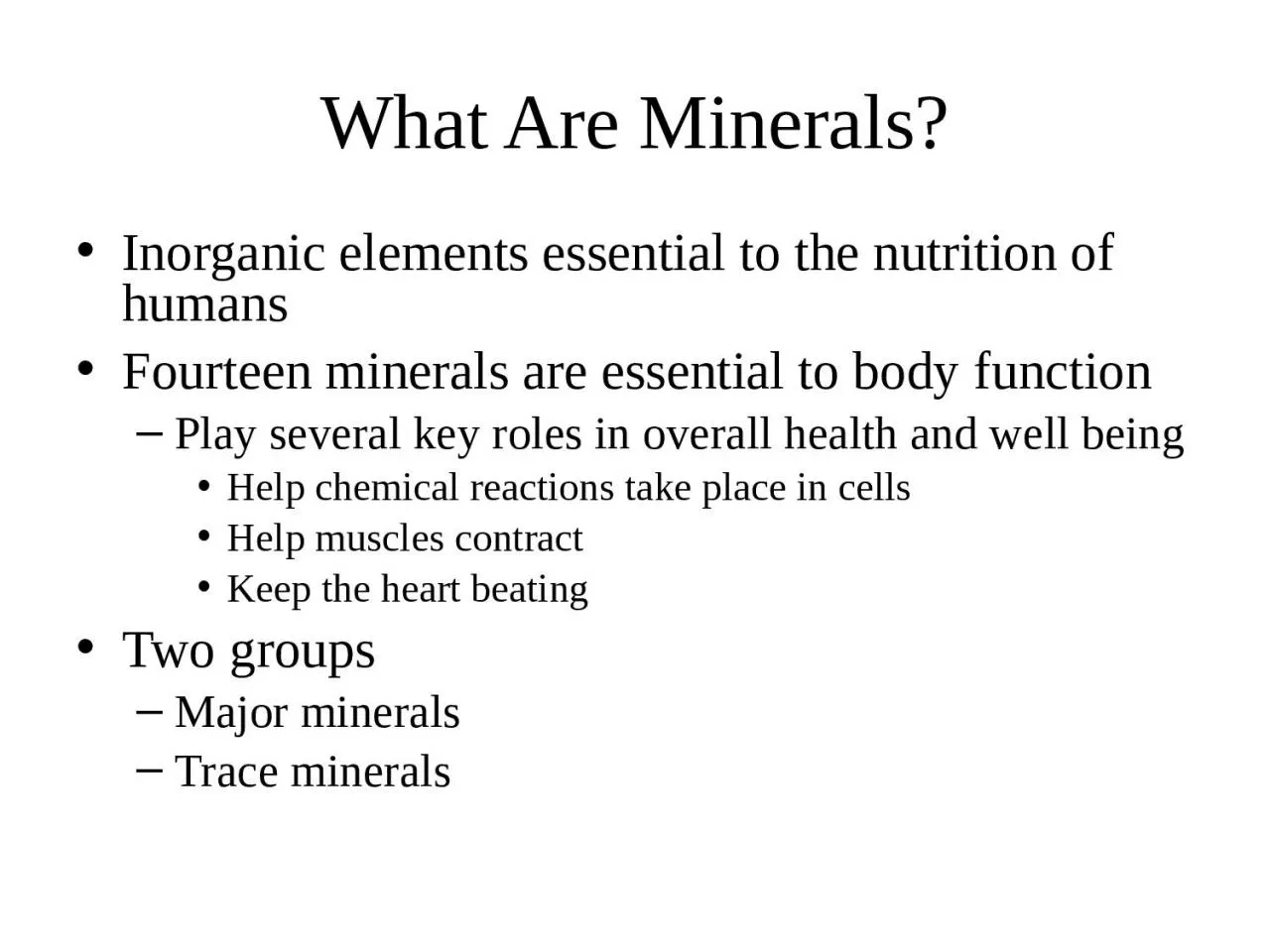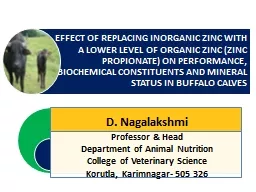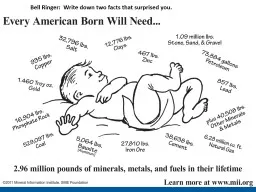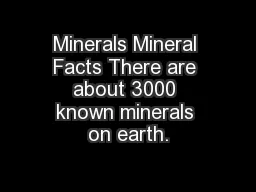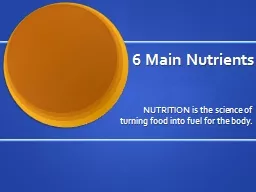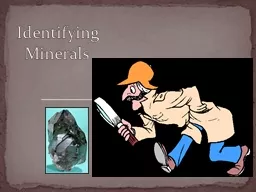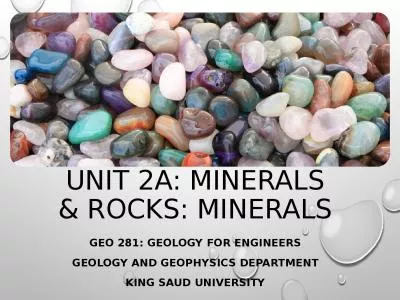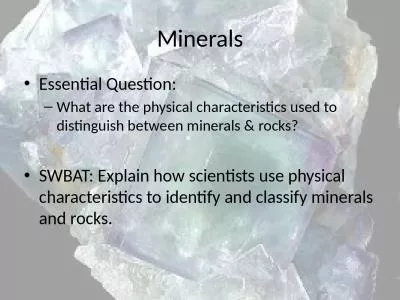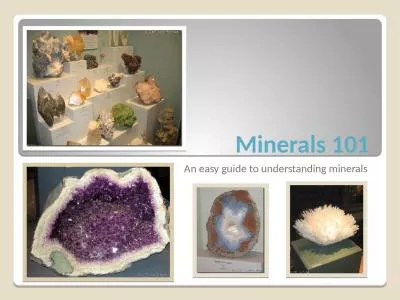PPT-What Are Minerals? Inorganic elements essential to the nutrition of humans
Author : claire | Published Date : 2022-06-18
Fourteen minerals are essential to body function Play several key roles in overall health and well being Help chemical reactions take place in cells Help muscles
Presentation Embed Code
Download Presentation
Download Presentation The PPT/PDF document "What Are Minerals? Inorganic elements es..." is the property of its rightful owner. Permission is granted to download and print the materials on this website for personal, non-commercial use only, and to display it on your personal computer provided you do not modify the materials and that you retain all copyright notices contained in the materials. By downloading content from our website, you accept the terms of this agreement.
What Are Minerals? Inorganic elements essential to the nutrition of humans: Transcript
Download Rules Of Document
"What Are Minerals? Inorganic elements essential to the nutrition of humans"The content belongs to its owner. You may download and print it for personal use, without modification, and keep all copyright notices. By downloading, you agree to these terms.
Related Documents

